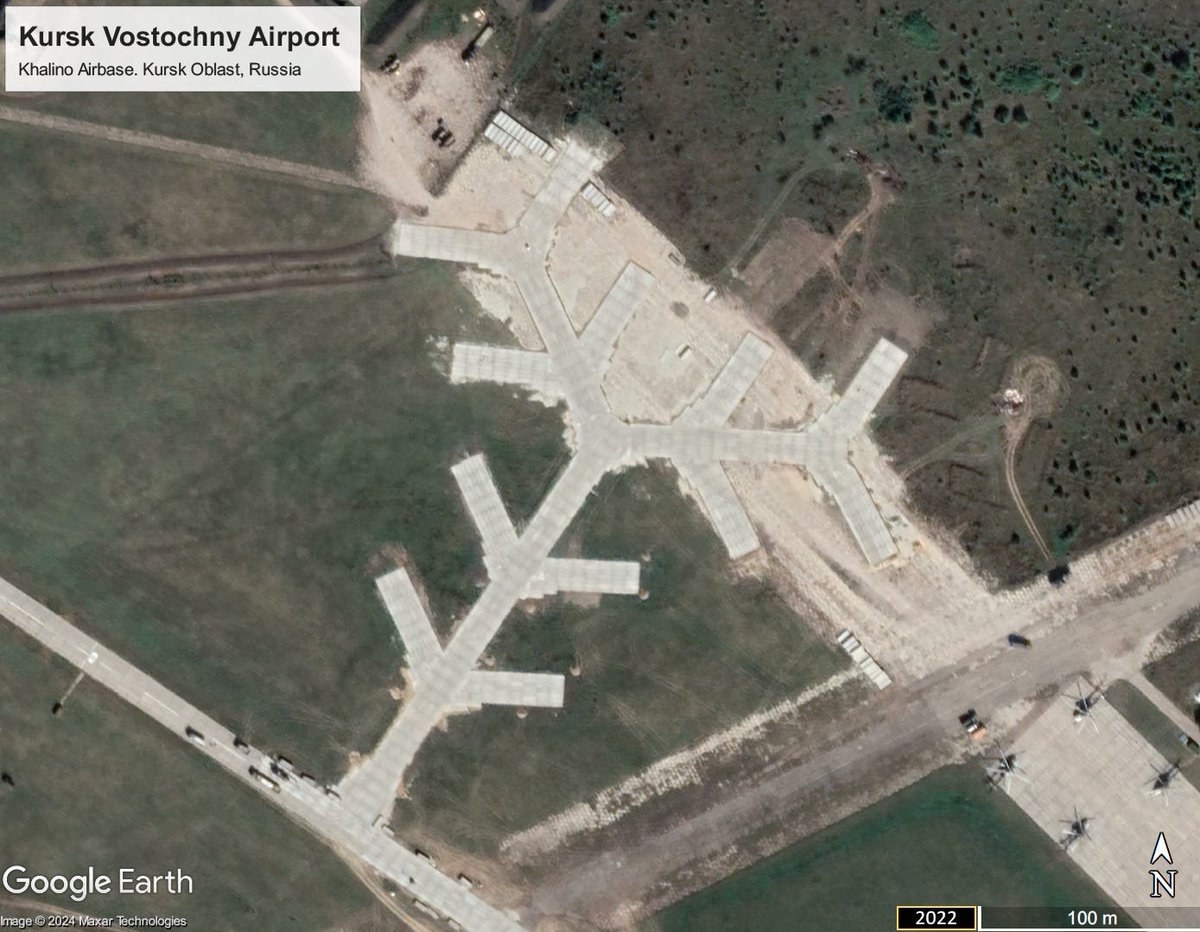The Pokrovsk direction, once known as the Avdiivka direction, remains one of the most active and difficult areas. After failing to seize the town directly, as in Novohrodivka, Russian forces pushed towards south of the town, creating an increasingly dangerous situation.🧵Thread 

2/ The fall of Selydove has allowed Russian forces to advance south of Pokrovsk, opening a path to Shevchenko, a key settlement before the town itself. With this vital position now almost lost, Russian forces can now expand to the south of Pokrovsk. 

3/ A particularly bad development reported to our team is the growing Russian effort to target supply routes leading to Pokrovsk with FPV drones. Ground reports to our team confirm that russians have successfully deployed FPV drones with fiber-optic cables along the E-50 highway 

4/ Reports from eyewitnesses on the ground indicate an alarming increase in FPV drone attacks targeting civilians in the Pokrovsk area:
- December 2. An FPV drone struck a civilian car traveling on the Udachne-Pokrovsk route, leaving the driver and passengers injured.
- December 2. An FPV drone struck a civilian car traveling on the Udachne-Pokrovsk route, leaving the driver and passengers injured.
5/
- December 3 (morning): Another FPV drone targeted a civilian car on the Kotlyne-Pokrovsk route, resulting in the death of the driver
- December 3 (later): A garbage truck in Zvirove, near Pokrovsk, was also struck by an FPV drone. The driver survived but sustained injuries
- December 3 (morning): Another FPV drone targeted a civilian car on the Kotlyne-Pokrovsk route, resulting in the death of the driver
- December 3 (later): A garbage truck in Zvirove, near Pokrovsk, was also struck by an FPV drone. The driver survived but sustained injuries
6/ The underlying issues driving these developments remain largely unchanged: persistent problems that have plagued Ukrainian forces for months, including poor coordination at operational and strategic levels, a personnel shortage, lack of firepower and inadequate troop rotations 

7/ Ukrainian forces often demonstrate higher motivation, better training, and tactical agility, but the nature of Russian approach remains a problem. By employing small, continuous assaults, Russian troops eventually expose and exploit weak points in Ukrainian defenses
8/ While this approach results in high Russian losses , which deemed unsustainable in the long term - it has proven effective in the short to medium term. This sustained pressure has allowed Russian forces to capture key operational strongholds, including Vuhledar and Avdiivka.
9/ The situation is not hopeless, but it is deteriorating rapidly. Without swift action by the Ukrainian command to overhaul the command structure, improve resource distribution, and streamline truthful reporting, the fall of Pokrovsk may become inevitable in the near future
10/ The full report can be found on our stack at this link.
Please like, comment, and share to support us and boost visibilityfrontelligence.substack.com/p/overview-of-…
Please like, comment, and share to support us and boost visibilityfrontelligence.substack.com/p/overview-of-…
• • •
Missing some Tweet in this thread? You can try to
force a refresh














